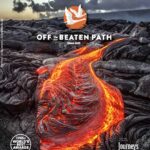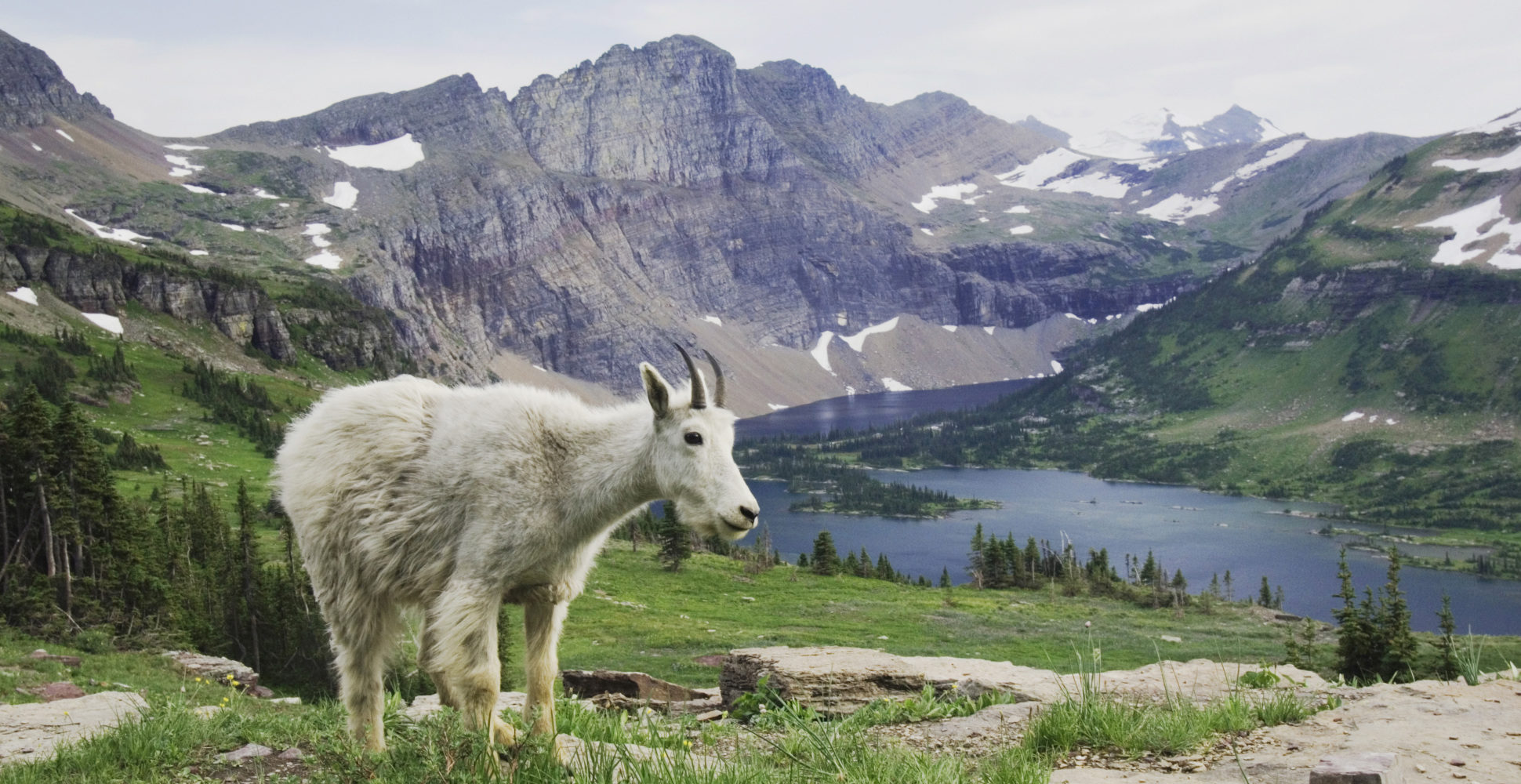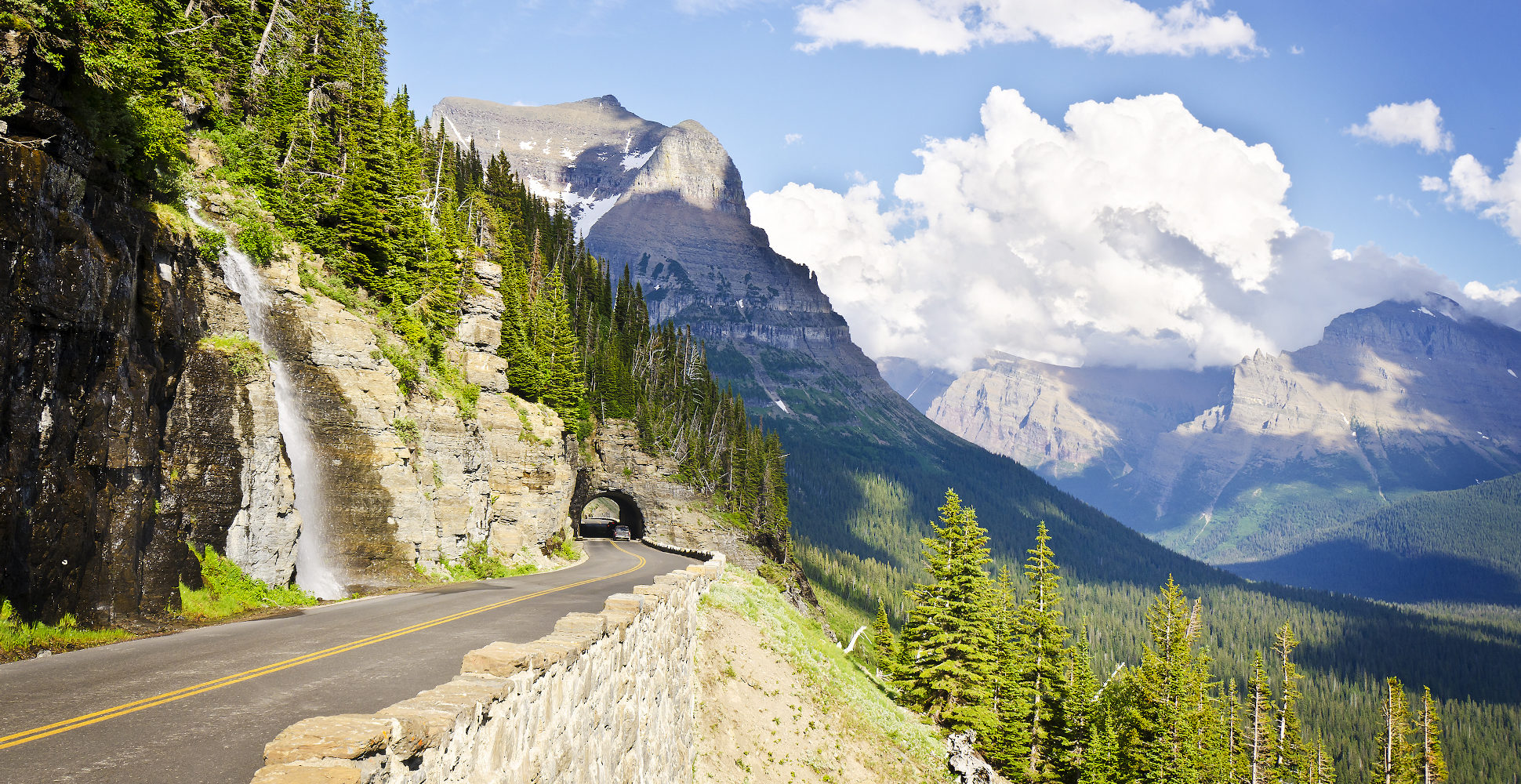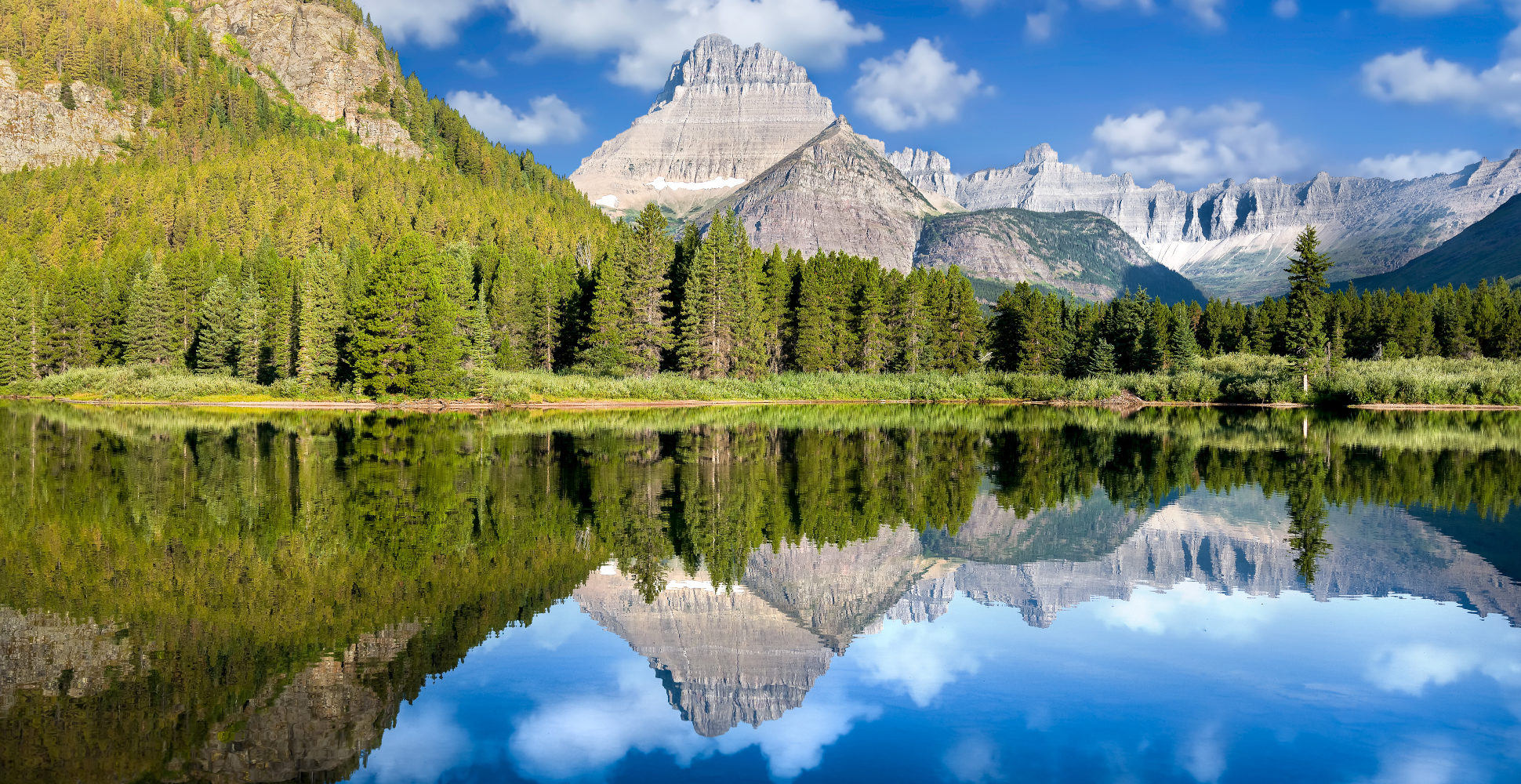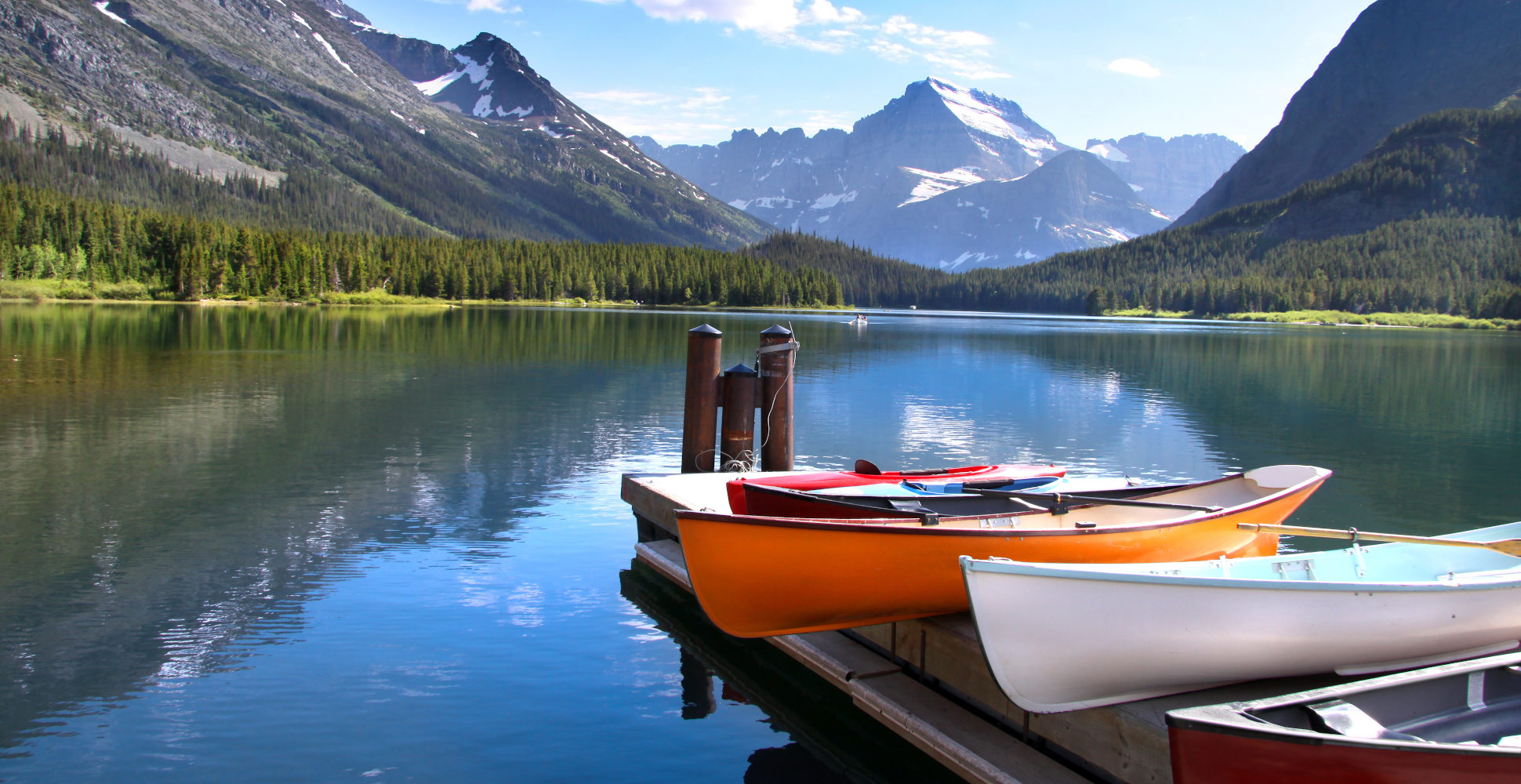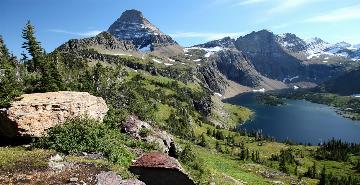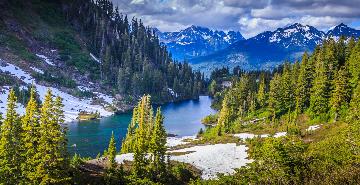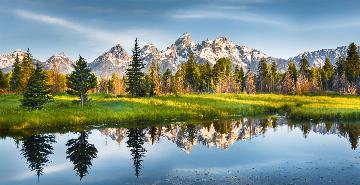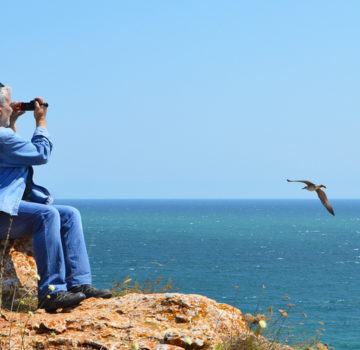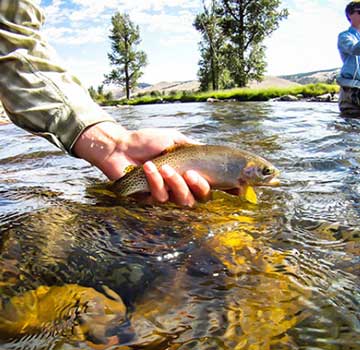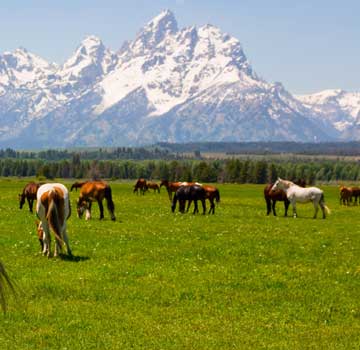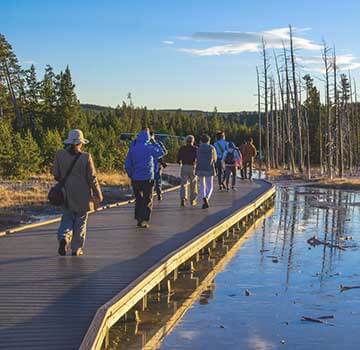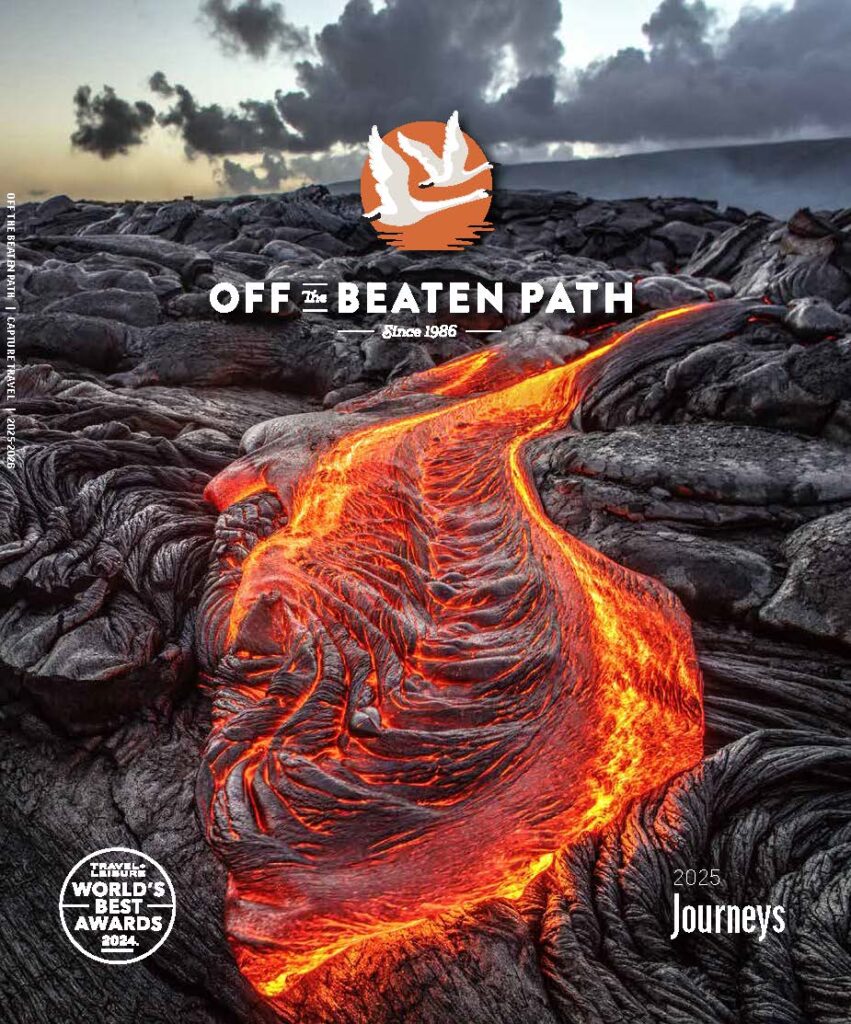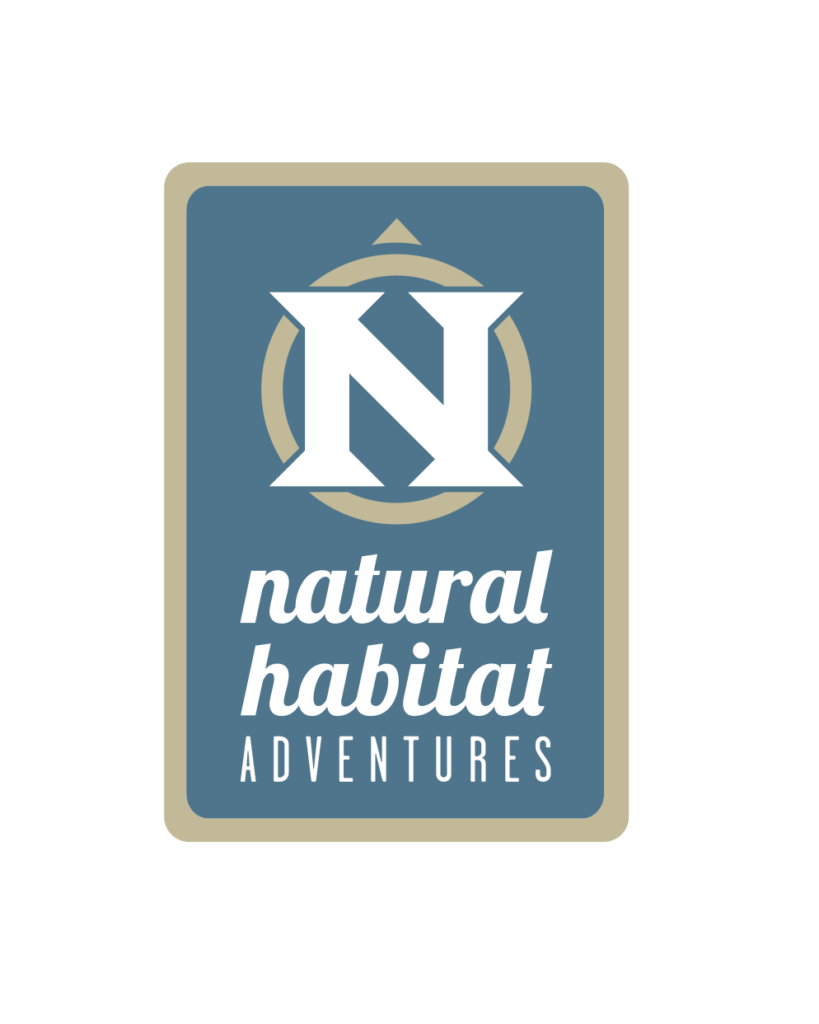Are you wanting to hike in Glacier National Park? Are you ready for some thrills driving the Going-to-the-Sun Road? Would you like to see Glacier’s wildlife—like mountain goats, marmots, and maybe even bears? Off the Beaten Path offers small group tours (very small group) to Glacier or we can plan your perfect private custom trip. It doesn’t matter to us if you want a hard-charging hiking trip full of adventure that includes all of Glacier’s famous trails or you’re looking for a laid back family vacation—we just want you to see this spectacular national park.
Most people come to Glacier for the hiking and wildlife—so here are some ideas and information to get you inspired. If you want more, call us!
Hiking in Glacier National Park
Short Hikes from West to East along the Going-to-the-Sun Road
- Trail of the Cedars (Trailhead at Avalanche Campground 5 miles east of Lake McDonald, a short interpretive boardwalk trail) takes you through beautiful stands of cedar to Avalanche Gorge, one of the most photographed places in the park. Watch for the dipper or water ouzel, a little gray bird, going in and out of the water at the gorge.
- Avalanche Lake (Trailhead at Avalanche Campground 5 miles east of Lake McDonald, Four miles round-trip to the lake) takes you to the lake from Avalanche Gorge, which is on the Trail of the Cedars. From the gorge the trail splits and you head up along the creek to Avalanche Lake. The trail goes through a forest of tall trees including western red cedar, western hemlock and a few western larch. Along Avalanche Creek, the rocks and logs are covered with moss in many places. Avalanche Lake and the surrounding area lies in a huge, beautiful basin, with cascading waterfalls above it. The water in the lake is opaque because of the glacial flour coming from Sperry Glacier located on the headwall above the lake. There are small cutthroat in the lake. Be sure to look for mountain goats on the cliffs above the lake.
- Hidden Lake Overlook (Trailhead from Logan Pass, 3 miles round trip) provides a beautiful view of Hidden Lake. Depending on the time of year, there might be an abundance of wildflowers, and chances are excellent that you will see mountain goat, ptarmigan, marmot, and perhaps even a bear in the distance! While the trail is popular (read: lots of people), it’s hard not to recommend it!
- Hidden Lake (Trailhead from Hidden Lake Overlook, 1.5 miles each way from the overlook, three miles each way from Logan Pass via Hidden Lake Overlook) is beautiful and can offer excellent fishing if you’re interested. Note: The lake is closed to fishing during spawning season, so check with the Logan Pass Visitor Center. The hike along the west side of the lake is particularly beautiful.
- The Highline Trail(Trailhead at Logan Pass, An up and back trail which you can hike for as long as you’d like) takes you along the Garden Wall where you are likely to see a few mountain goats and possibly bighorn sheep. (It isn’t uncommon to practically have to say “excuse me” to a mountain goat on the trail!) This is a spectacular trail runs just above timberline, providing you with fantastic views and little elevation gain. The hike is not an excellent choice if you have a fear of drop-offs. You’ll travel through a variety of habitats, including grassy meadows, talus slides, rock piles and some subalpine fir forests. There are always lots of wildflowers and a variety of wildlife. If you’d like, you can follow this trail all the way to Many Glacier for an awesome, albeit long (15 miles), hike. About two miles down on the Many Glacier side of the pass, you will find several great swimming holes for cooling off.
- Mary Falls and Virginia Falls (Trailhead 0.8 miles west of Sunrift Gorge on Going-to-the-Sun Road east of Logan Pass, 3 miles round-trip to Virginia Falls, the farthest point) leads you first to St. Mary Falls, then up to Virginia Falls, both beautiful.
Hiking at Many Glacier
- Grinnell Lake (Trailhead at Many Glacier, 5.5 miles one-way from Many Glacier Hotel, 3.8 miles one way via boat to Josephine Lake) is a spectacularly turquoise blue lake set in the bottom of a basin. The hike is easy for all ages and very rewarding.
- Cracker Lake Trail (Begins at Many Glacier Hotel, 12.2 miles round-trip) passes through aspen stands, conifers, open grasslands and old‑growth forests that support a variety of wildlife. The area is heavily used by grizzly bears and there have been bear encounters on this trail over the years. Scan the slopes for bighorn sheep and mountain goats. The melt-water from Siyeh Glacier feeds into the lake. Cracker Lake is a beautiful milky turquoise color.
- Grinnell Glacier (Trailhead from Many Glacier Hotel or Many Glacier Picnic Area or from the boat dock across Swiftcurrent and Josephine Lakes, 11 miles round-trip or 7.6 if you take the boat—the elevation gain of 1,600 feet is the same whether you take the boat or not!) provides spectacular scenery, with views looking down into Grinnell Lake for a good portion of the hike. You’ll also have a view of Grinnell Glacier, of which there’s not much left, but if you hurry...! You can return by boat or walk all the way back to the Many Glacier Hotel around Swiftcurrent Lake. Note: The boats costs money and you may have to wait for a boat ride or two if the rides are selling out in advance.
- Red Rock Falls (Trailhead on Many Glacier Road near the Swiftcurrent Coffee Shop, 3.5 miles round-trip) takes you past Fishercap Lake to the far end of Red Rock Lake. There you will see the falls where Swiftcurrent Creek cascades down a rocky incline into Red Rock Lake. You will pass through lodgepole pine and aspen forests on your way to open country and magnificent mountain views. The trail climbs gradually, gaining only about 200 feet. Near Fishercap Lake, there are beautiful cliffs and rock formations. In 1936, a forest fire swept from Swiftcurrent Pass all the way to the lake in 45 minutes. Charred stumps remain. Just beyond the head of Red Rock Lake, there is a junction where the main trail continues to Swiftcurrent Pass (a longer route into Granite Chalet). To get to the falls, take the left fork in the trail. Return via the same route.
- Iceberg Lake (Trailhead is near the Swiftcurrent Motel at the upper left end of the cabin loop, 9 miles round-trip) is one of the best, scenic all-day hikes. This is a very gradual climb (with the exception of the first ¼ mile) and takes you through flower‑filled meadows, across several rushing streams with waterfalls, to a small pocket lake at the foot of Mt. Wilbur and the Ptarmigan Wall. You’ll enjoy excellent vistas back down to the Swiftcurrent Valley, with views of Swiftcurrent Lake, Sherburne Lake, and the Many Glacier Hotel. There is a good chance you will see mountain goats or bighorn sheep on this trip.
Hiking in the Two Medicine Area
- Upper Two Medicine Lake (Trailhead at Two Medicine Lake Campground, 9 miles round-trip with boat ride option either or both ways) takes you around the north shore of Two Medicine Lake and up to the upper lake. You may want to take the short side trip to Twin Falls. If your timing is right, there will be wildflowers galore! Upper Two Medicine Lake is good-sized, and the fishing is good for small brook trout. When you arrive at the lake, you will see Rising Bull Ridge on the south shore and Mount Helen and Pumpelly’s Pillar on the north shore. Lone Walker Peak is located at the far end of the lake. If you want to take the boat back, hike back the way you came and turn right at the head of Two Medicine Lake to the Pray Shelter and boat dock. Check the scheduled times before your hike so that you can plan accordingly!
Driving the Going-to-the-Sun Road
Going-to-the-Sun Road, clinging precariously to high altitude rock faces, is a marvel, and the views at every turn are spectacular! Lush valleys, glacial features, craggy mountains, wildflowers and wildlife are all part of the trip. The highest elevation point is 6,646 feet at Logan pass. There are numerous parking areas along the road which provide wildlife viewing opportunities. Blue grouse often strut on retaining walls, bald and golden eagles soar overhead, and bear, deer and mountain goats forage on the slopes. Look for goats near rocky outcroppings, bears in avalanche chutes, and deer on grassy slopes. Spectacular wildflower displays vary with the season. Beargrass is practically a symbol of Glacier National Park. It adorns the mountainsides from mid-July through early August. The flower is a favorite food of elk and mountain goats favor the leaves, which remain throughout the winter. Interestingly, once beargrass blooms and dies, a new stalk blooms 5-10 years after. September is a good time to enjoy colorful fall foliage and to look for bears foraging for snowberries.
Seeing Wildlife in Glacier National Park
Glacier National Park has five distinct life zones—Grassland, Aspen Parkland, Montane Forest, Subalpine and Alpine Tundra. Each of the life zones provides important habitat for many wildlife species. Glacier and the surrounding area are home to all three major species of predators found in North America—bears, cats and wolves. There are both grizzly and black bears, mountain lions, bobcats, wolves and coyotes. You’ll also find ungulates, such as mountain goats, bighorn sheep, moose, deer and elk. Grasslands, shrublands and riparian areas are winter range for elk, moose and deer. Grasslands and forested areas are where deer, elk and grizzly bears go to forage in the spring. As spring progresses into summer, the grazing species move up to higher elevations. Look to the higher elevations for bears, bighorn sheep and mountain goats, and gaze even higher for bald and golden eagles.
- Glacier is home to two species of bears—black bears and grizzly bears. Identifying the two can be confusing, because in the west in particular, black bears are not always black. Both black bears and grizzlies can be blond, cinnamon, brown or black. Bears are omnivorous and opportunistic, which means they will eat just about anything. In this part of the world, however, bears are about 90% “vegetarian.” Some of their favorite snacks include glacier lilies, cow parsnip, whitebark pine nuts, wild onions, and all types of berries, especially huckleberries. Black bears breed every other year, while grizzlies breed about every three years. The cubs stay with the mother until she breeds again, and then will often stay with each other for another two to three years. Grizzlies can live up to 25 years, and black bears have, on the long side, for about twenty years.
- By the early 1900s, wolves had been hunted to extinction in the Glacier region. However, small populations were able to survive just over the border in Canada, which had implemented stricter hunting laws in the 1980s, allowing wolf population to increase. In 1986, a female wolf entered Glacier National Park from Canada and had a litter of pups. In conservation biology this is called natural recolonization or self-reintroduction, which means they came back on their own. By the mid-1990s there were two wolf packs in Glacier, totaling 15-30 wolves, and in the past few years, wolves or signs of their presence have been sighted in almost every major drainage in the park. Wolves are very elusive animals, but keep your eyes open… you never know when you might be at the right place at the right time!
- Mountain Goats and Bighorn Sheep. Mountain goats are one of the only animals that migrate to higher elevations in the winter. They head up to windswept slopes, where predators are scarce and the wind has scoured snow and ice off the rocks. They will live and travel at these high elevations all winter looking for lichens and mosses to eat. Because they are so sure-footed on steep rocky precipices, they have few natural predators. Strangely, the biggest threat to the mountain goats are the golden eagles, who in the spring, when the babies are born, circle the young ones and try to get them to fall off the cliffs. Bighorn sheep share the sub-alpine meadows and rocky cliff habitat of summer with the mountain goats. In winter, bighorn sheep seek milder climates at lower elevations. If you visit Glacier in the fall, you may be lucky enough to see or hear male bighorn sheep ramming one another as a display of power and a way to attain “mating rights.” For the most part, the animals are not permanently injured by this activity. They have extremely large skulls and lots of shock absorption in their necks to help protect their brains and spines.
- Strategies for Viewing Wildlife.For starters, in summer it is always more likely that you’ll see wildlife in early morning or at twilight, as the weather is cooler and animals are out browsing for food. When you look for wildlife, keep habitat in mind. Look in and around rivers for bald eagles, Canada geese, herons and various ducks, as well as moose and beaver. In wide open meadows look for coyotes, elk and deer. Bighorn sheep and mountain goats are often found at Logan Pass.
Bears generally stay in the backcountry, but can be seen just about anywhere. Early and late in the summer they are generally at lower elevations and in the heat of mid-summer, they often go up to higher elevations.
Most importantly, be patient, be quiet, and when you do see something, be respectful. DO NOT approach wildlife. All wild animals, even the small ones can be dangerous. Also, please be mindful to pick up even the smallest crumbs. If animals get used to eating human scraps, trash, or handouts in the summer, they are almost guaranteed to die in the winter when those food sources have gone away.
